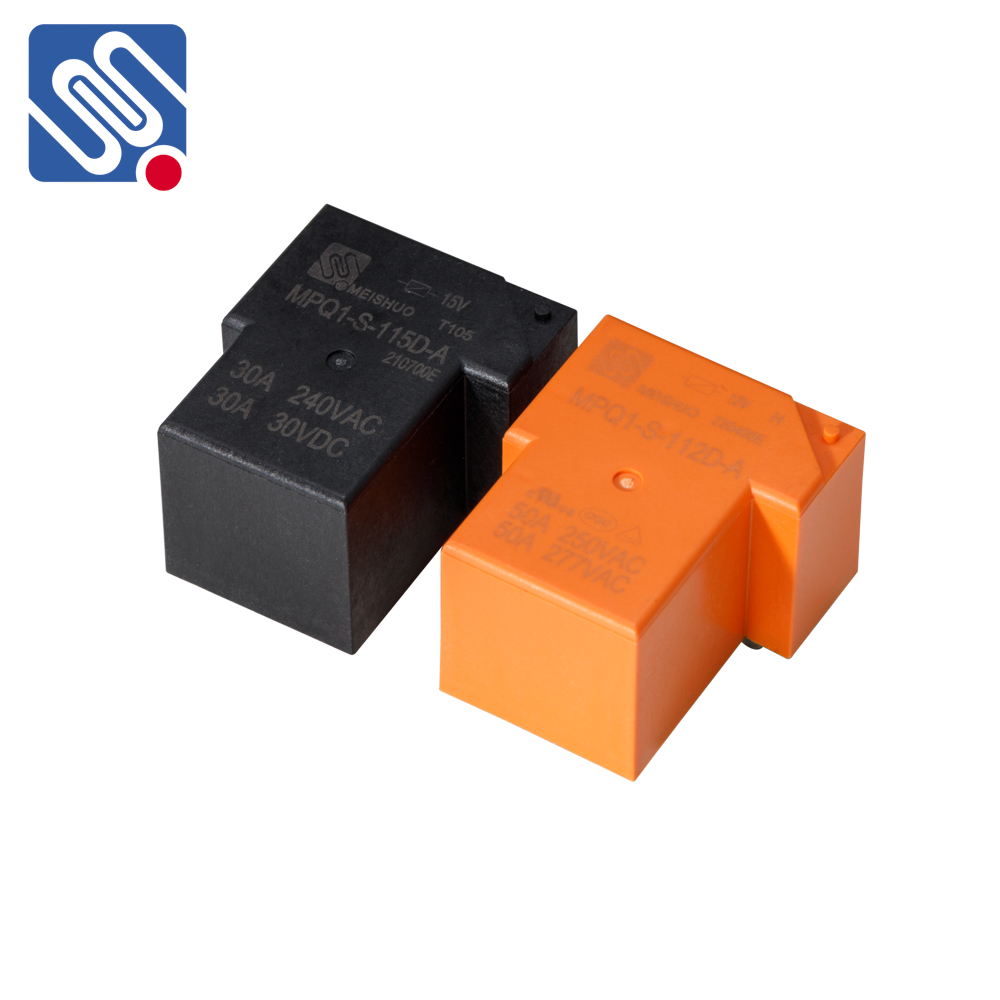Relay circuit protection plays a vital role in ensuring the safety, reliability, and longevity of electrical systems. By detecting faults and abnormal conditions such as overcurrent or short circuits, relay systems can protect circuits and equipment from severe damage, overheating, or even fire. This article delves into the importance of relay protection in modern electrical engineering, highlighting its operation, types, and advanced features.

Understanding Relay Circuit Protection A relay is an electrical device designed to monitor and control the flow of electricity within a circuit. When an electrical fault, such as an overcurrent or short circuit, is detected, the relay responds by triggering a switch to disconnect the circuit. This action prevents further damage to components, minimizes the risk of fire, and preserves the integrity of the electrical system. Relay protection serves as an essential safeguard, particularly in industrial settings, power grids, and critical infrastructure, where system reliability is paramount. By activating an alarm or disconnecting power, relays help avoid costly equipment repairs, unscheduled downtimes, and potential hazards.
Leave a Reply